Fluoride has been the standard ingredient in anti-cavity toothpaste — and it’s probably a part of your current oral care routine — but modern oral care brands are bringing attention to a science-backed alternative: hydroxyapatite. While you won’t find the ingredient in most major drugstore brands’ formulas, hydroxyapatite has over four decades of research and dental care applications to back it up. More than that, it’s nontoxic and biocompatible, making it a viable option for those seeking natural oral care solutions. Read on to learn more about this dentist-approved ingredient and find the best hydroxyapatite toothpastes.
“Hydroxyapatite (HAp) is the main component of enamel and one of the most studied biomaterials in the medical and dental field,” says Dr. Jonathan B. Levine, the chief dental officer of Lenny Kravitz’s oral wellness brand Twice. “It makes up the main mineral part of bones and teeth — in fact over 90{7b6cc35713332e03d34197859d8d439e4802eb556451407ffda280a51e3c41ac} of the foundation of enamel.” As the outermost layer of the teeth and the hardest substance in the human body, maintaining healthy enamel is essential to your oral and overall wellness. It protects the inner elements of the teeth from bacteria and decay, which when exposed can lead to cavities, serious infections, gum disease and even tooth loss.
Medical applications of hydroxyapatite were spearheaded by NASA in the 1970s, as astronauts lost minerals in their teeth and bones due to the lack of gravity in space. In 1974, the Japanese company Sangi Co. Ltd. acquired a patent from NASA to use hydroxyapatite in the dental field, eventually creating the world’s first nano-hydroxyapatite toothpaste in 1980 and patenting the ingredient in 1990.
“HAp does not have the controversial issues of too much fluoride and is safer in the minds of many people,” Levine says. (Although the dentist notes that because we don’t swallow toothpaste, fluoride is “100{7b6cc35713332e03d34197859d8d439e4802eb556451407ffda280a51e3c41ac} safe to use and necessary for certain people who require the strong efficacy for weaker enamel that fluoride provides.”)
“In small particle size — micro or nano — HAp helps to form a protective layer on the enamel and the cementum root surface,” he continues. This is a process called remineralization, where the hydroxyapatite bonds to the enamel and fills tubules (microscopic channels that go inside the tooth and can cause sensitivity when exposed). According to Levine, numerous studies have shown that hydroxyapatite aids in remineralization of small initial decay and “has greater efficacy than fluoride.”
Hydroxyapatite can be an alternative to fluoride, but it is also safe to use with fluoride, and some toothpaste formulas will combine the two ingredients. “Both hydroxyapatite and fluoride are minerals that can repair the damage from tooth decay,” says Dr. Chris Salierno, chief dental officer at Tend. “Fluoride can kill the bacteria, while hydroxyapatite prevents the bacteria from adhering to the teeth.”
The remineralization of tooth enamel is the primary benefit of hydroxyapatite. By strengthening the enamel, the teeth are better protected against plaque, which can cause cavities and gum disease. While fluoride also defends against tooth decay, it doesn’t contain calcium and phosphate. These minerals are found in hydroxyapatite and tooth enamel, which further helps prevent tooth decay. “[Hydroxyapatite] works behind the scenes to prevent cavities from forming or advancing,” Salierno explains.
Because hydroxyapatite is naturally occurring in our bodies, it is nontoxic and biocompatible, unlike fluoride. This also makes it safe for kids who may accidentally swallow toothpaste.
While you won’t see the benefits of hydroxyapatite — tooth enamel is semi-translucent and Levine says “tooth remineralization happens at the micron level” — you may be able to feel it. Hydroxyapatite helps ease tooth sensitivity by filling the aforementioned tubules, which are essentially microscopic pathways to the nerves in the teeth. With fewer tubules exposed, the less sensitivity and discomfort you’ll feel to touch, food and temperature.
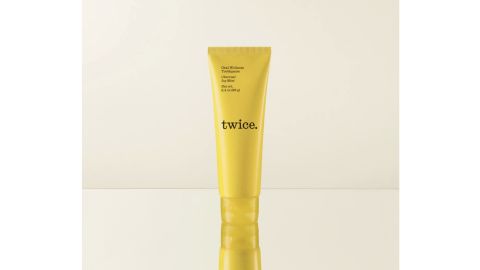
A mix of vitamins A, C and E, along with remineralizing hydroxyapatite, makes this fluoride-free toothpaste a healthy choice for your oral health. It also features activated charcoal and baking soda to whiten the teeth.
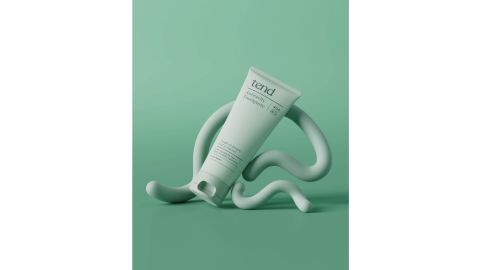
Tend’s enamel-friendly toothpaste was created with the help of the company’s dentists and hygienists, so you know it’s good for your mouth. “Our Tender Toothpaste was designed with low abrasivity, meaning it’s extra gentle on your enamel, but it also combines both hydroxyapatite and fluoride minerals for maximum interference with cavity-causing [bacteria],” Salierno says.
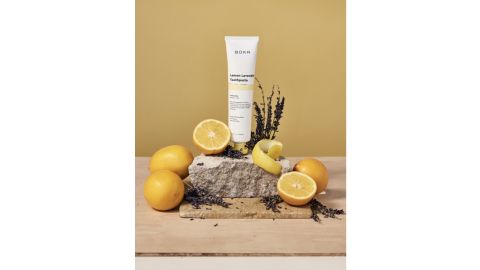
While Boka’s bestselling nontoxic Ela Mint toothpaste is sold out, those adventurous enough to branch out from minty oral care can try the Lemon Lavender flavor, which reviewers say tastes sweet and lemony. It’s made with nano-hydroxyapatite (the synthetic version of hydroxyapatite) to remineralize and restore enamel, xylitol to fight bacteria and antioxidant-rich natural extracts.
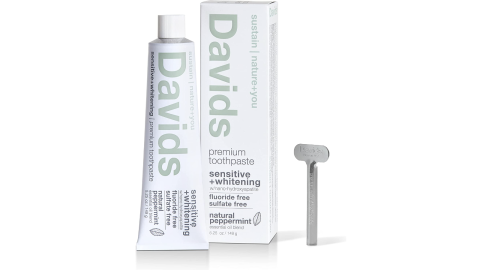
Instead of using nerve-numbing potassium nitrate to temporarily aid sensitive teeth, Davids’ fluoride-free nano-hydroxyapatite toothpaste strengthens and repairs the enamel. Over time, this blocks the holes in the teeth — which are the passageways to the nerves that cause sensitivity — so you have a healthier mouth and stronger smile. The toothpaste also comes in a metal tube with a tube key, so you can get every last drop before rinsing and recycling the packaging.
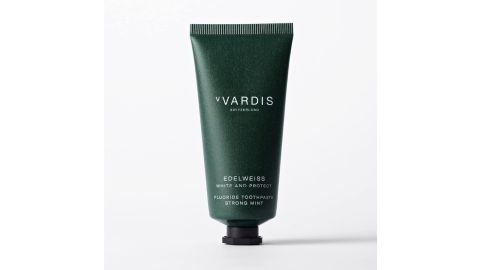
For those who are serious about their oral care, vVardis’s sustainable toothpaste is an investment. While the price tag is high, the luxury toothpaste doesn’t just protect your enamel, it also helps repair it thanks to a fluoride-enriched hydroxyapatite formula with natural ingredients. Plus, it’s non-irritating for sensitive teeth and gums, and comes in eco-friendly packaging.
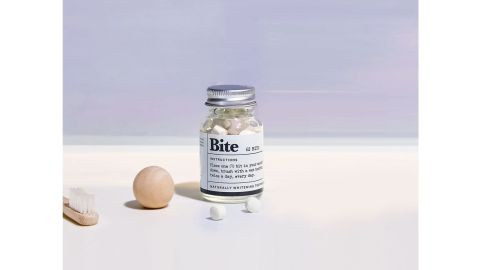
Another sustainable option, this plastic-free nano-hydroxyapatite toothpaste comes in tablet form. Simply bite down and brush with a wet toothbrush to turn it into a foamy paste. Erythritol and xylitol fight cavity-causing bacteria, while the nano-hydroxyapatite repairs your enamel and zinc citrate fights bad breath.
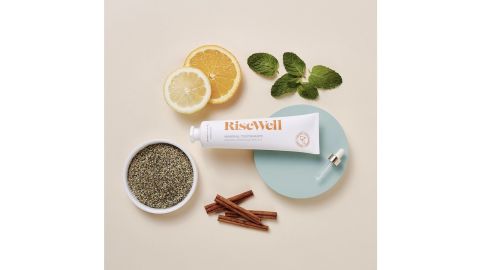
RiseWell’s hydroxyapatite toothpaste keeps teeth clean with other natural ingredients, like wild mint and citrus oil extracts, to whiten and strengthen the teeth. It has a mild mint flavor that many reviewers love.

